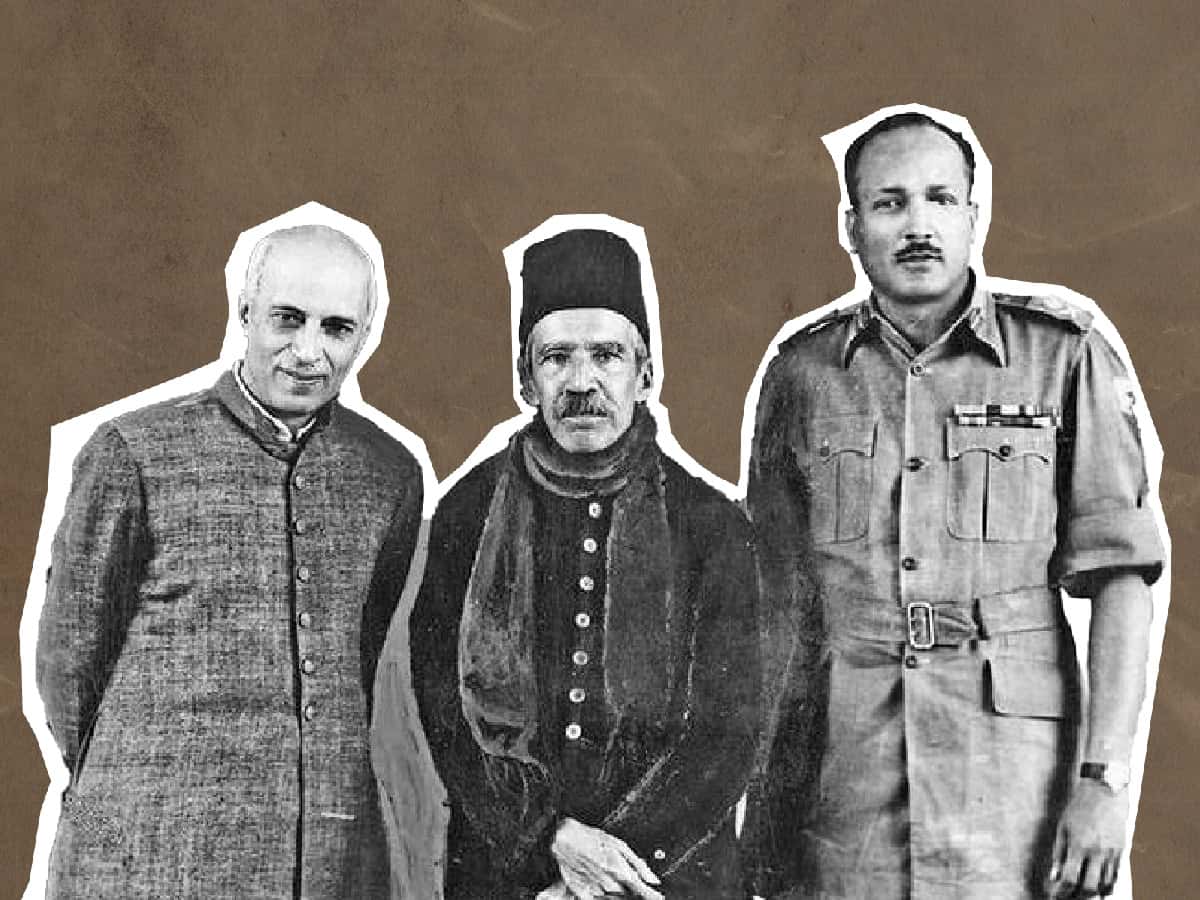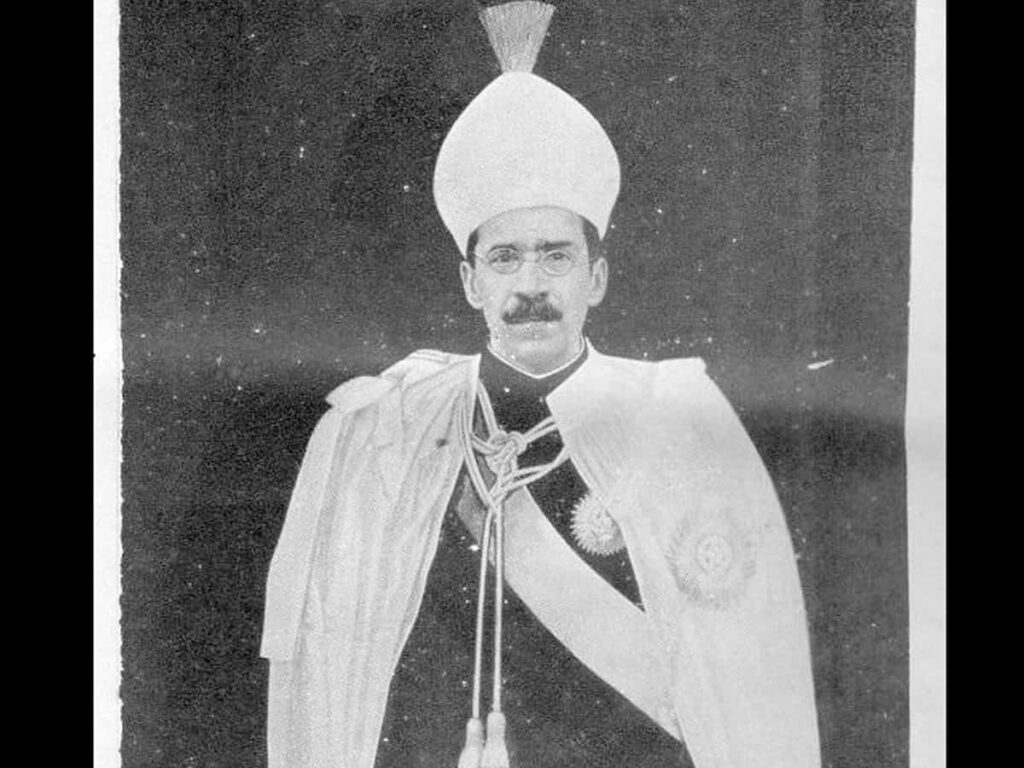
By Pankaj Sethi
Land ownership in British India had remained mired in its feudal past. The East India Company, and later the British Crown, took over from the conquered rulers the task of collecting land revenue in the country before independence. But there was little land reform. As a result the ryot (farmer) who actually tilled the land, remained stuck in deprivation, at the mercy of the weather, the moneylender, the jagirdar, or the government. The situation in the Princely States was even worse. And Hyderabad was no exception.
There was two basic classes of land in the erstwhile Princely State of Hyderabad (1724-1948): Land under the management of the government – revenue from which went to the government. These were called Diwani or Khalsa lands.
Land whose revenue was wholly or partially assigned to some individual or institution. In this category were Sarf-e-khas lands – which were the Hyderabad Nizam’s property and revenue from which went to him, Jagir and Paigah lands – revenue from which was assigned to Jagirdars and Paigahs (Paigahs were noblemen from the Asman Jah, Khurshid Jah and Viqar-al-umra families which had family ties with the Nizam), Samsthan lands – whose revenue was assigned to local Rajahs, and Inam or Manyam lands, granted to individuals for services rendered to the State.
The Hyderabad state during independence
In 1948, the Princely State of Hyderabad, run by its last and seventh Nizam Osman Ali Khan, had an area of over 2,10,000 sq km. This is double the area of England, and only a bit less than the area of today’s Uttar Pradesh. About 10% of this land (more than 20,000 sq km) was directly owned by one person – the last Nizam. Another 30% of the land was in the hands of the Paigahs (who owned about 9000 sq km), Rajahs of the 14 Samsthans, and more than 1100 jagirdars.
It may be noted that unlike land-owning Zamindars in British India, Jagirdars in Hyderabad were only allowed to occupy land and collect land revenue. They did not own the lands, which ultimately belonged to the Nizam or the state. In addition, there were almost and 83,000 Inamdars, who were assigned lands in return for services provided by them.
In this land ownership scenario, the farmers, especially in Telangana which was then under the Hyderabad state, who actually cultivated the land faced rampant repression. Vetti (forced labour), slave labour and exploitation of women were common. Trade was controlled by select communities. Starting in the 1920s, Andhra Maha Sabha started leading protests against farmer repression. These protests gathered steam when AMS was taken over by young activists in 1930s.
Telangana Armed Struggle, peasants’ rebellion
The second World War worsened the situation for farmers. Food shortages became common and repression increased. Communist influence now started increasing in Andhra Maha Sabha, and in the protest movements. The situation was volatile. A spark came in 1946 when a Sangham (farmer’s group) leader Doddi Komarayya was killed, and several others injured due to firing by landlord Vishnu Deshmukh’s goons in Warangal district.

The angry farmers set fire to Deshmukh’s house before they were dispersed by police. The Hyderabad state police promised to investigate the incident, but the goons were released and cases were filed against the farmers. This lit the fire. A spontaneous ‘revolt’ by farmers against land owners broke out. Land was seized by farmers and redistributed among themselves.
Almost 350 villages in Nalgonda, Khammam and Warangal districts of Telangana came under the farmers’ control. Andhra Maha Sabha, the Communists and Congress all came together in a broad anti-repression front to support the farmers. The State of Hyderabad was in the middle of this full blown peasant revolt when India became independent on 15 August 1947.
Nizam Osman Ali, egged on by entrenched elites like the Rajahs and other aristocracy, and by Razakar stormtroopers under then Majilis-e-Ittehadul Muslimeen (MIM) chief Qasim Razvi, said that Hyderabad would be independent. But peasants felt that a merger with India would improve chances of land reform. In this the peasants were no doubt influenced by the fact that ever since Motilal Nehru Report first talked of land reform in 1928, Congress had gradually increased its public commitment to land reform, universal franchise and fundamental rights for all in an independent India.
Annexation of Hyderabad state to India by army
The ruling establishment in Hyderabad saw the peasant revolt as a challenge to their goal of keeping Hyderabad out of India. They tried to suppress the revolt by using ruthless and violent force. But the revolt only grew stronger. Meanwhile the Ministry of States under Sardar Patel was trying to get the Nizam to agree to Hyderabad’s merger with India.
Several meetings took place between the Hyderabad state and Government of India. But no significant progress was made in spite of the Standstill Agreement being signed by both sides to negotiate terms of accession. On 17 September 1948, tired of Nizam’s constantly changing stand and the Razakar atrocities, India sent its Army under Gen J N Chaudhuri to force matters.
Hyderabad’s forces surrendered. Gen Chaudhury was appointed military administrator of the State. It was in the subsequent days and weeks that a remarkable thing happened regarding land reform. An important priority for the Ministry of States under Sardar Patel now was to tackle the peasant revolt. Gen Chaudhuri worked closely with V P Menon, Secretary to the Ministry of States, to see how the problem could be resolved.

Archival documents from 1948 show that seeing the obvious Communist influence in the revolt, Govt of India initially wanted to go after the Communists. Gen Chaudhuri however strongly advocated that the revolt be seen not merely as a law and order problem, but as a problem whose root cause must be found and addressed. He correctly identified the root cause of the revolt as land related oppression. Menon agreed.
But it was also clear that in a scenario where Nizam of Hyderabad directly or indirectly held 40% of the land in the state, no land reform would be possible without his agreeing to relinquish his hold over the land. Gen Chaudhury was tasked with negotiating with the Nizam about arrangements to be made about his properties, and financial arrangements for the Nizam’s extended family.
Land reform – How the the last Nizam was convinced
Osman Ali Khan was initially averse to handing over his financial holdings, valuables, palaces and other buildings, and lands to the government. Gen Chaudhury’s comprehensive reports of the several meetings he held with the Nizam (these reports are available in the National Archives of India) show how he managed to convince the Nizam, who gradually moved from recalcitrance to a position where he agreed to having an inventory made of money, valuables and buildings which he would retain, but hand over his lands to the State and agree to abolish jagirs.
At this stage the treasury of the Hyderabad state was also empty, partly as a result of mismanagement during the last few years of Nizam’s rule, and partly due to the reduction in land revenue and turmoil caused by the peasant revolt. Gen Chaudhury managed to convince the Nizam to even loan some of his personal funds to the Government of Hyderabad. As compensation for surrendering his land holdings, Nizam was promised a Privy Purse of over a crore of rupees every year, and several other benefits.
In the beginning of February 1949, the Nizam of Hyderabad issued a firman stating that all Sarf-e-Khas lands would henceforth be controlled by the state as if these lands were Diwani (State) lands. This was followed by the new Government of Hyderabad passing the “The Hyderabad Sarf-e-khas (Merger) Regulations” and “Hyderabad (Jagirs) Abolition Regulation of 1358F (1949)”.
These new laws were a crowning achievement! They merged the over 80,000 sq km of lands controlled by the aristocracy, with Diwani (State Government) lands, giving state the ownership of almost 70% of the geographical extent of the state. It remains perhaps the single largest land reform in independent India.

This reform is what led to the end of the peasant revolt (formally called-off on 21 October 1951) , allowed the government to achieve a more equitable land ownership pattern, increased revenues for the government, and helped further progress towards achieving our Constitutional goals fostering an equitable society. One may criticise the Nizam of Hyderabad for his personal quirks, for not reining in the Razakars, and for his initial recalcitrance towards integrating Hyderabad with India.
But agreeing to hand over 20,000 sq km of land directly owned by him, and 60,000 sq km of land indirectly owned by him, must count as an act of statesmanship. The perseverance of Gen Chaudhuri in achieving this outcome, and the contributions of V P Menon and Sardar Patel in offering solutions not as conquerors but as fellow Indians interested in furthering the country’s unity and progress towards Constitutional goals, also deserve utmost credit.
